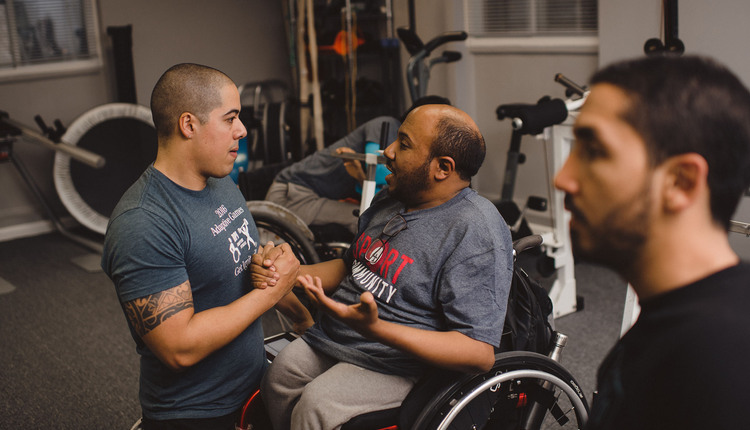
The world of corporate wellness offers endless opportunity for fitness professionals. But getting the foot in the door is often the most challenging task. Here are three strategies to help you win your first corporate client:
1. Start small
Small and mid-sized companies usually don't have the resources to offer their employees benefits beyond the standard healthcare and 401k plans. But businesses of all sizes generally realize the potential return on investment in terms of productivity, less sick days and a more active and engaged company culture when their employees are in better health.
Begin your corporate client search by seeking out small and mid-sized local companies. Your local or regional Chamber of Commerce likely has a directory of companies and it may list the number of employees to give you an idea of the company size. Business networking events are a great place to connect. You can start by offering a free lunch and learn or an on-site workout program, or partner up with a local yoga instructor to offer lunchtime yoga. And don't be afraid to offer your first services as a complementary service or even position your offer as a pilot program. This is a great opportunity to get in front of new potential clients, develop a relationship with the employees and show them the value you can bring to their company.
2. Find out where your clients work
There is no better connection than those who you see on a regular basis and who know you, like you and trust you. Find out where your clients work and ask them if their company offers any fitness or wellness programs or benefits. Ask if they would be open to making an introduction to the appropriate decision-maker (see number 3 below). Having someone within the company vouching for you holds far more weight than a cold call; plus it gives your client the opportunity to show initiative to their management!
3. Find out who is the decision-maker
Every company is different. Some companies have employee-run wellness committees that are allotted a budget for wellness-related activities. Sometimes it the Human Resources department who manages wellness programs and in some businesses it may be the owner who directly makes the decisions. This is where some navigating is required. Once you find out who the decision-maker is for any wellness or fitness-related programs, you'll want to begin to cultivate a relationship with that person so you can begin to create traction with your ideas for the company.
When it comes to winning the corporate wellness market, you may face ten "no's" for every one "yes." But if corporate wellness is an arena you want to add to your business, the payoff can make your investment of time and energy worth it.
















